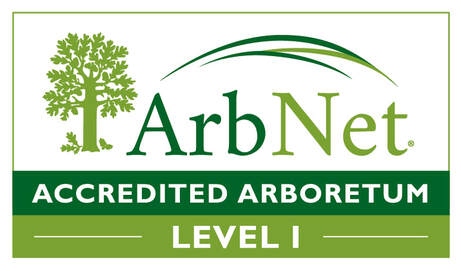A flicker of movement—a blur of feathers zipping through Mesquite is the only visual most will ever glimpse of this creature. The surprisingly swift animal zips along the desert floor in search of its next meal, driven by a metabolism that demands calories to fuel this speedster. Geococcyx californianus, or the Greater Roadrunner, is an inhabitant of the arid American Southwest and neighboring Mexico. Dwelling in lowlands, mountains, deserts, and shrublands, the Roadrunner or Chapparal Cock is a member of the cuckoo family. With lengths of up to 24 inches, weights of up to a pound, and possessing large crests and long tails, these slender birds command our attention. Sporting black, brown, and white plumage as well as a bare patch of skin behind each eye which shades from blue to red, these large birds stand apart. Adopting a bird of prey’s lifestyle while lacking a raptor’s powerful, stabbing talons, the Chapparal Cock employs other hunting strategies to seize opportunity.
While its size and patterning make the Roadrunner conspicuous, it is the bird’s abilities and habits which make it truly one of kind. Possessing a top speed of 27 miles per hour while evading predators or running down fleet prey, the birds are an avian blur capable of the same startling speed as world sprint champion Usain Bolt! This need for speed is the incremental edge the Roadrunner requires and employs in capturing prey. Where this hunter is concerned, the menu is always expanding. Capturing and consuming venomous prey including centipedes, scorpions, tarantulas, and the feared Tarantula Hawk Wasp, the Roadrunner is adept at stabbing prey with its long dagger-like beak. In fact, the big birds don’t limit the hunt to invertebrates. Lizards, eggs, small mammals, birds—including evasive hummingbirds—and even snakes are on the menu as well. When it comes to snakes, venomous species are not a concern. So how does the Roadrunner counter the lethal strike? By utilizing remarkably fast reflexes, the big ground birds will seize a rattlesnake behind the head and repeatedly strike it against a rock to subdue the venomous reptile before swallowing it whole! In times of scarcity when prey is hard to locate, these birds shift gears and switch to an omnivorous diet, consuming up to 10% plant matter. Possessing broad, sturdy feet in a zygodactyl or opposing toe structure, the Roadrunner can gain traction where others would falter. With such foot speed, it may come as no surprise that the Roadrunner has few predators. Bobcats, Mountain lions, hawks, eagles, owls, and yes, the coyote, all occasionally make a meal out of the fleet birds. With a top speed of just over 40 miles per hour, the real-life coyote is faster than the Roadrunner but the bird’s agility and ability to burst into a flurry of rapid flight from a sprint, make it especially hard to capture. While these desert dwellers possess exceptional survival adaptations, the have one discrete trait which is astounding. When the mercury plummets on cold desert nights, the Roadrunner enters a hibernation like state known as torpor to lower its body temperature and metabolism, thus conserving vital energy. When the morning sun rises in the sky, the birds expose and angle dark patches of skin on their backs to capture the warming energy of the sun—jumpstarting their metabolisms. It is the bird’s abilities to survive and thrive in harsh environments that have earned it great status among indigenous peoples throughout it range. Due to its X-shaped footprints which conceal the direction the bird travelled; the Pueblo peoples believed the desert creatures were medicine birds and used the footprints as sacred symbols to ward off evil by invoking the protective power of the bird, thus throwing malicious spirits off track. The Pima tribe considers the bird good luck, while certain Mexican tribes consider the Roadrunner sacred, possessing special powers—and observe strict taboos against harming the birds. It seems that behind every Hollywood creature’s hyperbole, is a real-life animal which is even more remarkable. Nature reveals her handiwork in many forms. For a fortunate few who glimpse it, that handiwork resides in a desert hunter with the need for speed and taste for rattlesnake.
0 Comments
Leave a Reply. |
Archives
July 2024
|
Connecticut’s Beardsley Zoo is dedicated to acquainting a diverse public to the delicate balance that exists between living things and their environment.
Connecticut's Beardsley Zoo is a 501(c)(3) not for profit owned and operated by the Connecticut Zoological Society.
Connecticut's Beardsley Zoo is a 501(c)(3) not for profit owned and operated by the Connecticut Zoological Society.
© 2022 Connecticut's Beardsley Zoo


 RSS Feed
RSS Feed





